Common Infant Conditions | Health& Medications
As agreed upon, each day I will post one article as part of the #xervanteschallenge. My first post as part of this challenge will be focused on infants. The reason I chose this as my first topic was because I’ve started to notice just how many parents from all over the world are using Steemit. So in an effort to educate as many Steemians as possible about health and medications, I figured why not start from the beginning with infants.
Age Classification
Apart from weight, one of the most important classification systems for children is the age classification. This is the foundational basis for developmental classification, since children have very unique and important physiological differences that change as they mature.
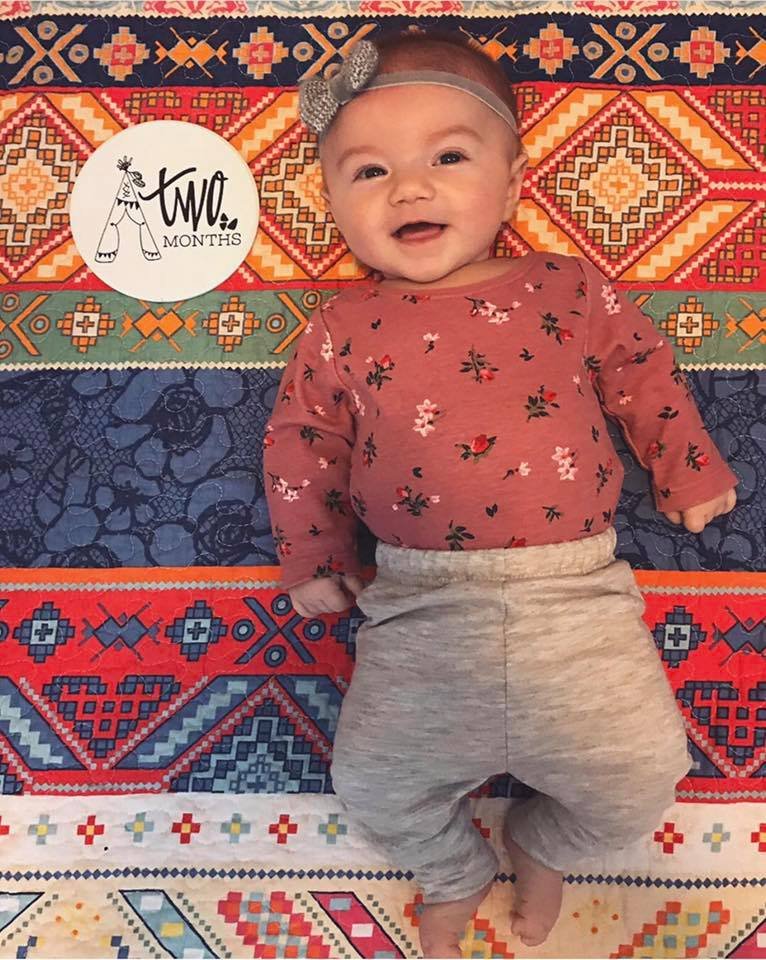
In addition, many medications used to treat various health conditions have different doses that are based upon age classification. For instance, my niece Kaia who is now four months old, but was two months old in this photo would be classified as an infant (i.e., Age: 1 month – 12 months).
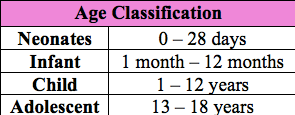
Over the Counter Medications that are Safe For Children Less than 12 Months old (i.e., Infants)
1. Intestinal Gas
Intestinal gas is a common condition with infants and causes distress post-feedings. Simethicone drops can offer mild, benefit. The drug is also not absorbed and is therefore safe to use. Typically, as the child’s digestive tract grows, the crying and fussiness will begin to resolve. Parents can be comforted that symptoms will generally dissipate when the child is around 6 – 8 months old.
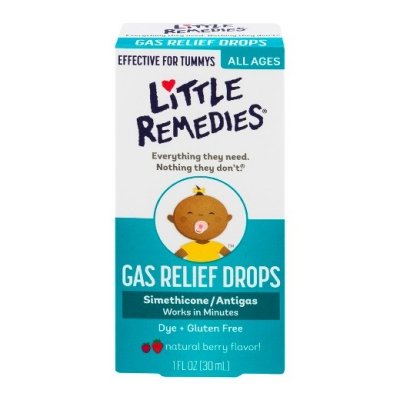
2. Nasal Congestion
Nasal congestion is very common in babies and is generally not serious. Children < 2 years old breathe mostly through their nose, since they have not yet learned to breathe through their mouths. Smoke, including that from e-cigarettes, can cause irritation and is also harmful for the infant. Using a car seat indoors to sit the child upright may help. A cool mist humidifier near the bedside may reduce congestion – especially during the winter months when many homes are heated. In addition, a steamy bathroom may help relieve congestion. A parent can sit with the child outside the show, while hot water runs. However, of note, care should be taken to avoid hot water or steam getting near the child’s skin, as burns could result. Also gentle suction with saline drops or spray to loosen the mucus can provide relief. Suction bulbs are sold in many grocery stores and pharmacies alike.
One thing of utmost importance to note as well is that over the counter cough and cold medications SHOULD NOT BE USED IN CHILDREN < 2 YEARS OLD. In case you are unsure about a particularly product, always check the label. Manufacturer labels should state “Do not use” in children under the age of 4. Additionally, the American Academy of Pediatrics recommends against their use in patients under the age of 6, due to inadequate data on the efficacy and the potential for medications errors and harm of these products.
3. Mild Pain & Fever
Aspirin and other salicylate – containing products (such as Pepto-Bismol) have been associated with Reye’s Syndrome when use in infants recovering from viral infections (i.e., especially influenza and chickenpox). These over the counter medications are very popular amongst families but should not be recommended to anyone under the age of 16 year old, as the risk far outweigh any benefits. Acetaminophen (Tylenol) infant drops and children’s suspensions are the same concentration. This was mandated in order to help reducing dosing errors amongst parents. Prior to these regulations, infant drops were more concentrated, which as you can imagine led to many unfortunate overdoses amongst infants. Acetaminophen (also commonly referred to as the brand Tylenol) is the most common cause of liver failure when used in doses above the recommended amount. Accidental acetaminophen overdose can be due to the parent’s inadvertent use of acetaminophen in multiple products since acetaminophen is often contained in many other over the counter products.
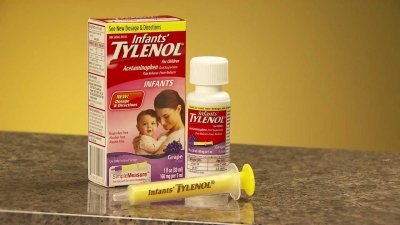
Also, it is recommended to AVOID ibuprofen (also commonly referred to as the brand names: Motrin or Advil) in infants less than 6 months of age. Thus, using my niece as an example, would not be able to take ibuprofen for another 2 months at least (since she is currently 4 months old). This is because infants kidneys are not fully developed compared to adults. Therefore, by giving infants less less than 6 months of age ibuprofen puts them at increased risk for developing kidney injuries. In addition, the dosage strength of ibuprofen used for children above the age of 6 months is different than that used for adults.
4. Constipation
Oral polyethylene glycol 3350 (Miralax) is recommended for the treatment of intermittent constipation in infants and children. Although this use is technically “off-label” per the FDA and assumes the child will be able to swallow (Age > 6 months), the American Academy of Pediatrics recommend a dose at 0.2 – 0.8 grams/kg/day. Remember 1 kg is equal to 2.2 lbs. Also, many dietary foods can also help to treat constipation such as prunes, pears, and many other fruit juices.
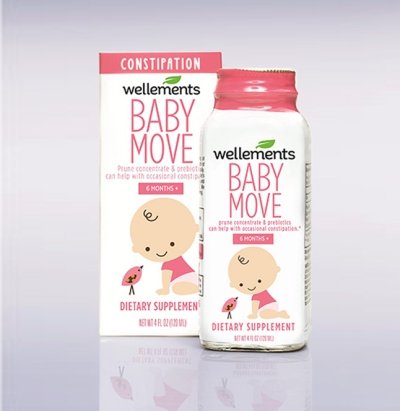
5. Dehydration
Dehydration occurs when the intake of fluids and electrolytes is less than the combined normal and abnormal losses of fluids. This can occur as the result of excessive diarrhea, vomiting, gastroenteritis, febrile illnesses, excessive heat, or just simply the inability to match intake of fluids with ongoing losses. In fact, dehydration occurs more quickly in infants compared to any other age group. This is because infants have higher insensible losses compared to older children, due to their bodies containing more fluid in this early stage of life. Some signs and symptoms that should be looked for include: decreased urine output, dark sunken eyes, decreased skin elasticity, cool skin temperature, and irritable behavior. The preferred oral replacement therapy for infants and children is Pedialyte. Although the recommended dose is based on age and weight of the infant, a general rule of thumb is 50 - 100 mL per kilogram (note 1 kilogram is equal to 2.2 pounds) in addition to 10 mL per kilogram for each additional stool or emesis (vomiting).
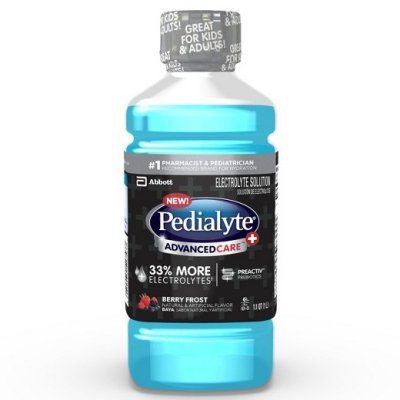
Safe Medication Administration
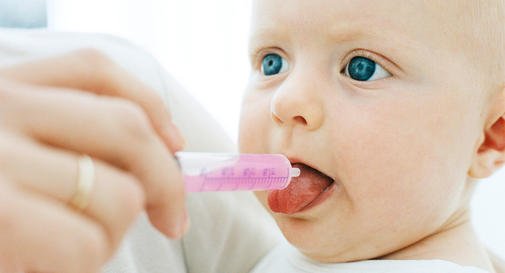
Lastly, it is of utmost importance to ensure the medication is measured correctly! Many studies have demonstrated that when parents measure liquid doses, the dose is often incorrect. Household spoons should NOT be used for measuring for infants or child’s medication. All liquid medications should be dispensed with an oral dosing syringe or dosing cup, which should be used for that particular medication.
Reference: American Academy of Pediatrics

